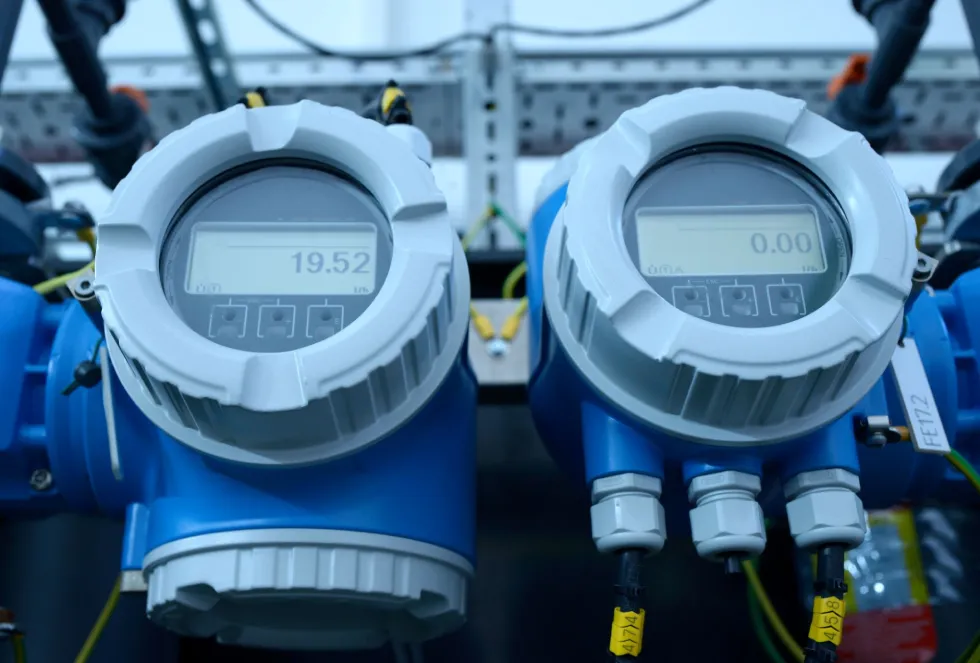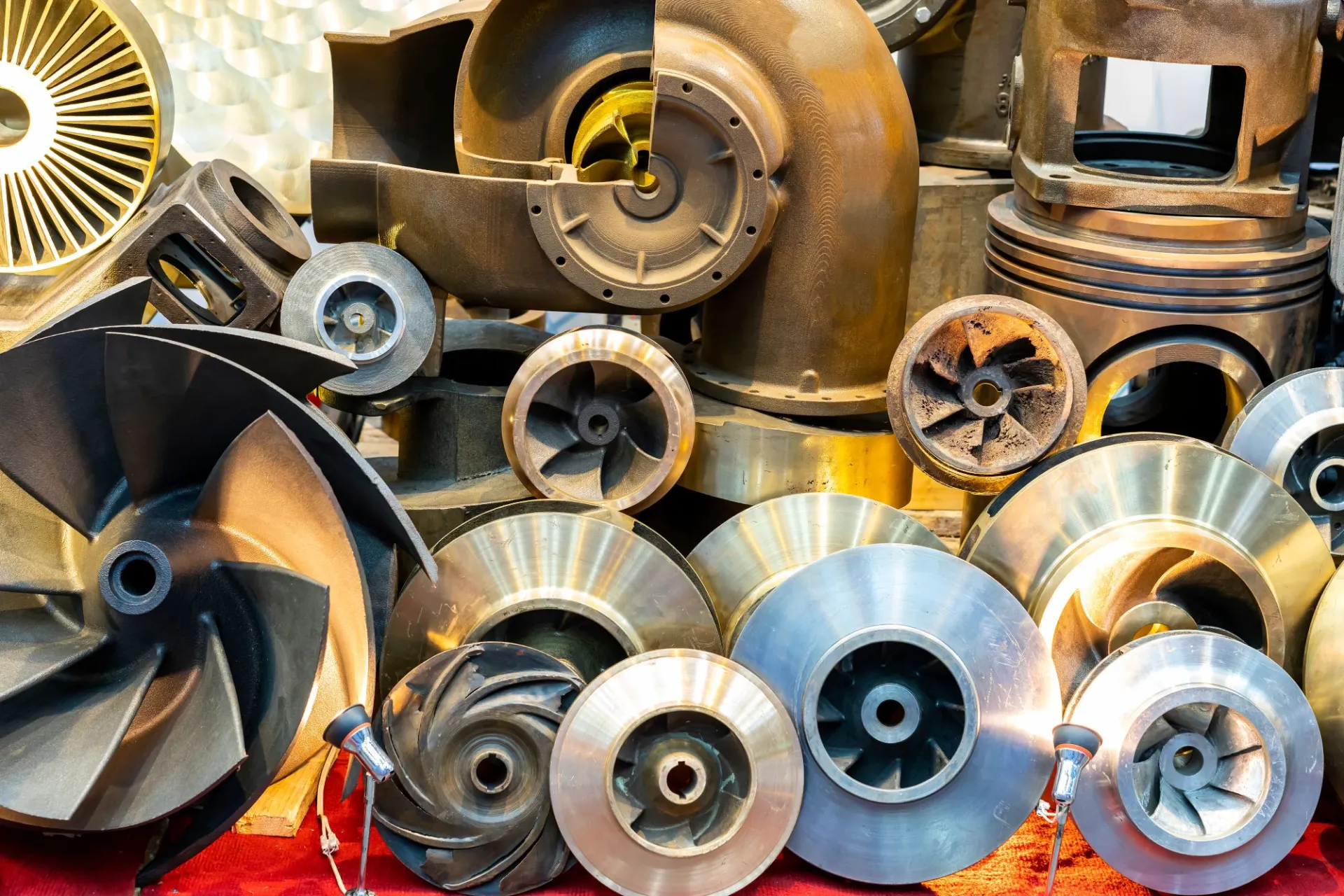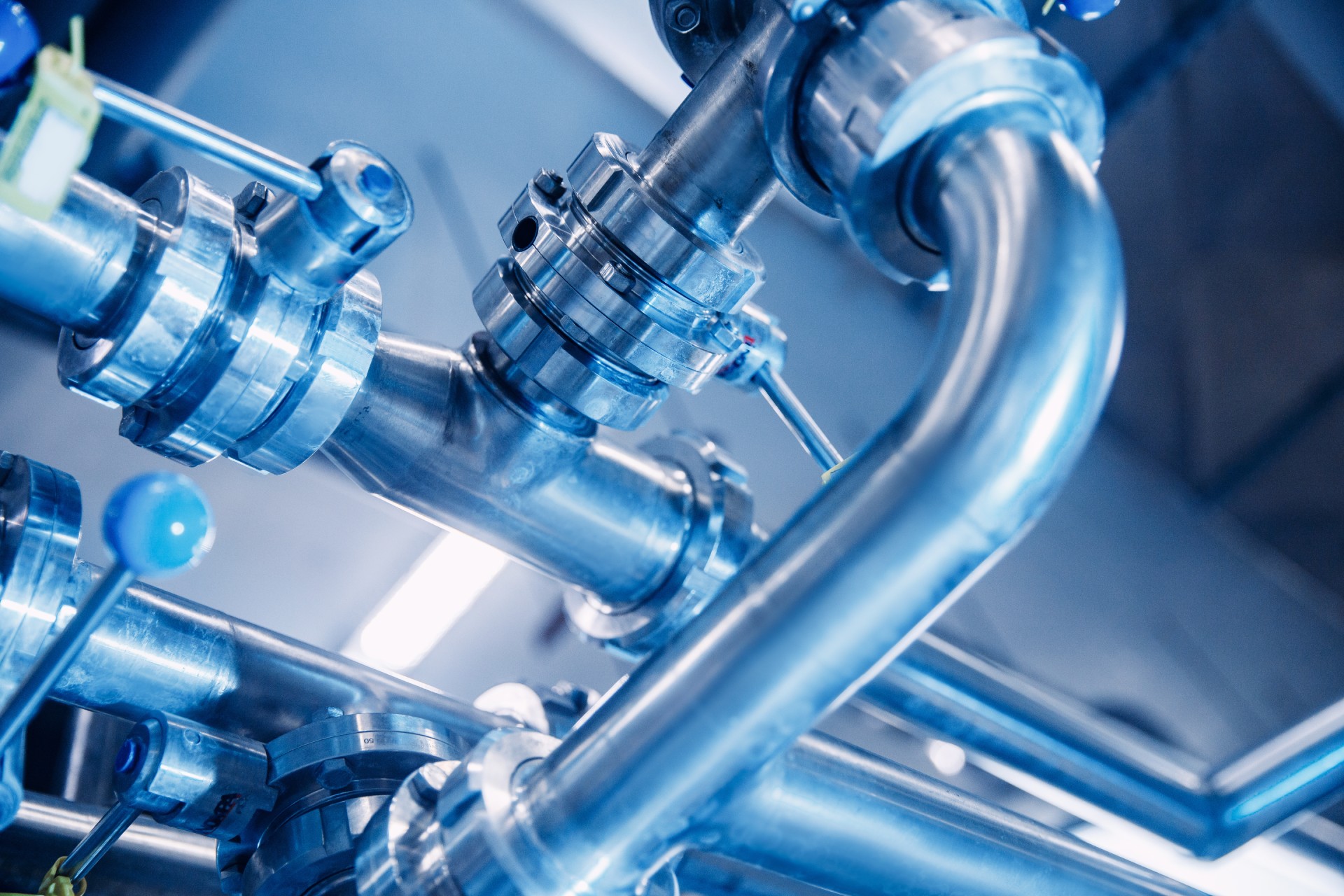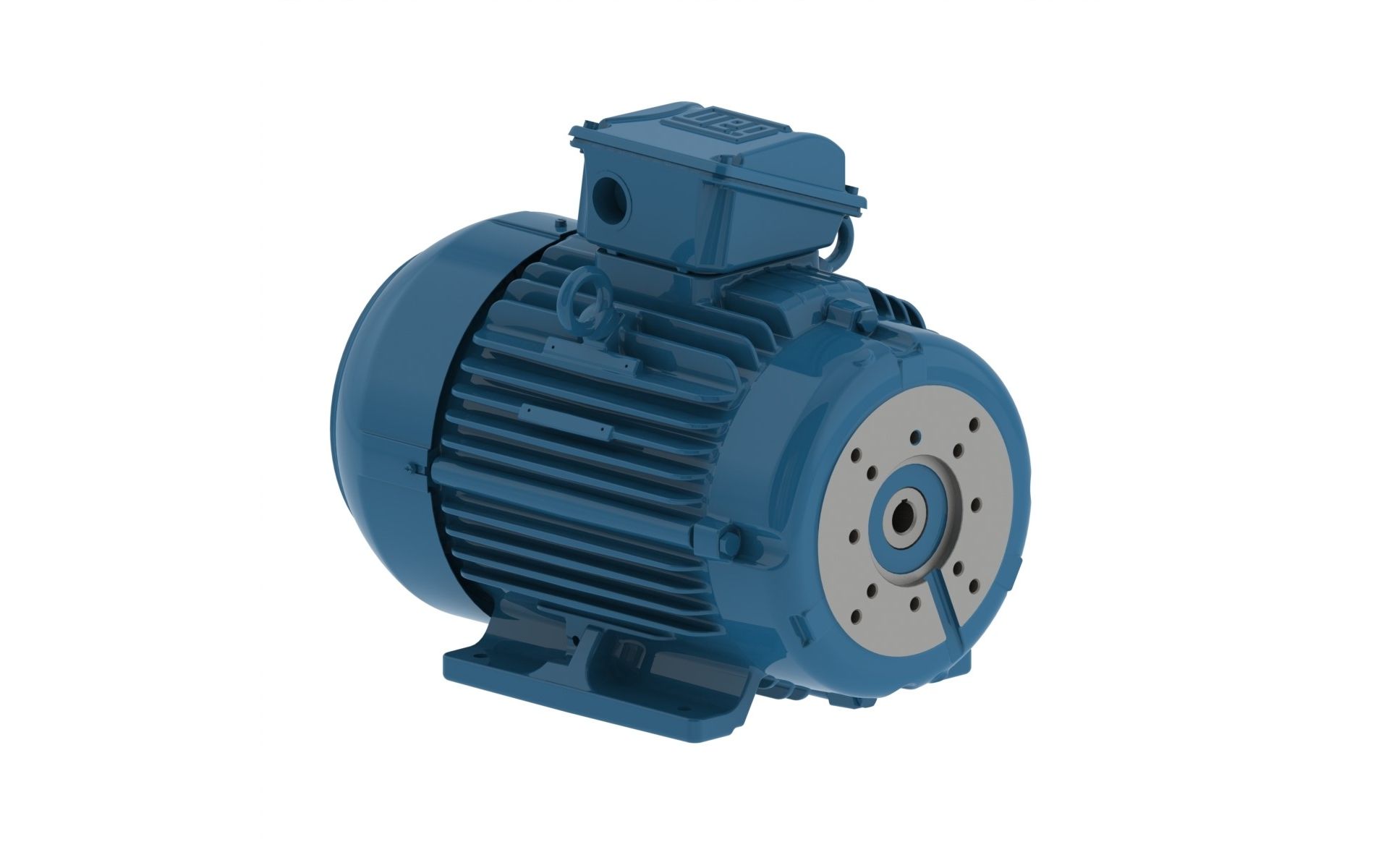Dosing Pumps: Definition, Types and Applications
Whether in water treatment, food processing, chemical or pharmaceutical industries, precise liquid dosing is often essential to ensure process quality and compliance.
That’s exactly where dosing pumps come into play. In this article, learn how they work, explore the main types available, and find out how to select the one that truly fits your needs.
What is a dosing pump?
A dosing pump is a device designed to inject a specific amount of liquid with high accuracy into another fluid, system or process. Unlike standard transfer pumps, its purpose isn’t to transfer a volume of fluid from one point to another, but rather to control flow rate and injection frequency with high precision to achieve the desired concentration.
General operating principle of a dosing pump
A dosing pump typically operates through a reciprocating mechanism (piston, diaphragm or rotor) paired with a suction and discharge system equipped with check valves. The liquid is first drawn into a dosing chamber, then discharged toward the main line or point of application.
Some models are equipped with electronic control or a frequency inverter to adjust the flow rate in real-time based on external signals (sensor, PLC, etc.). This makes them key tools for automating industrial processes.
Talk to a dosing pump specialist
Main types of dosing pumps
There are several dosing pump technologies, each with its own operating mechanism, advantages, and ideal applications.
Piston dosing pump
A piston dosing pump uses the linear movement of a sliding piston inside a chamber. During suction, the piston retracts to create a vacuum that draws liquid in. During discharge, it pushes the fluid out.
Check valves prevent backflow. Flow rate can be adjusted by changing the piston stroke or frequency.
Advantages and key features:
- Very high dosing accuracy
- Capable of operating under high pressure (up to several hundred bars)
- Best suited for clear, non-abrasive liquids
Diaphragm dosing pump
Much like diaphragm pumps, this type uses a flexible membrane (often PTFE or EPDM), which is actuated mechanically or hydraulically.
By flexing, the diaphragm draws in and expels liquid, with no moving parts coming into contact with the fluid. This protects the pump from corrosive or abrasive substances and reduces leakage risk.
Advantages and key features:
- Excellent chemical resistance and safety (no dynamic seals)
- Low maintenance
- Ideal for toxic, abrasive, or viscous products
Peristaltic dosing pump
This pump operates similarly to the human digestive system. Rollers or shoes rotate and compress a flexible tube, pushing the liquid inside. The fluid moves in “pockets” formed by the tube’s compression.
Flow rate is proportional to the tube diameter and rotation speed.
Advantages and key features:
- Only the tube contacts the fluid, reducing contamination risk
- Ideal for viscous, sensitive, or particle-laden products
- Very easy to maintain (only the tube wears out)
Less common types of dosing pumps
- Progressive cavity pumps (PCP) use a helical rotor turning inside an elastomer stator, delivering smooth, precise flow — ideal for highly viscous or abrasive fluids.
- Hydraulic proportioning pumps work without electricity. Their dosing rate is proportional to the water flow powering them — often used in agriculture or water treatment.
- Stepper motor dosing pumps provide ultra-precise control using micro-step adjustments — ideal for labs and small-scale dosing.
- Dosing systems include more complex assemblies with sensors, controllers, and automation to adjust dosing in real time based on measured parameters.
Applications of dosing pumps
- Water treatment: chlorine, flocculants, anti-scaling agents
- Food industry: flavors, enzymes, additives
- Pharmaceutical: solution preparation, sterilization, clean-in-place (CIP)
- Chemical industry: reagents, solvents, neutralizers
- Pulp & textile: dyes, bleaches, thickeners
How to choose the right dosing pump?
As with any type of pump, multiple criteria must be evaluated when selecting a dosing pump. Below are key considerations, along with practical advice for each.
1. Nature of the liquid to be dosed
Some properties of the fluid must be taken into account:
- Viscosity: thicker fluids (oils, syrups, sludge) require diaphragm or peristaltic pumps
- Chemical compatibility: for corrosive substances, use materials like PTFE, EPDM, or PVDF
- Presence of solids: abrasive fluids (sand, pigments) need pumps without fragile valves (e.g. peristaltic)
- Sensitivity: biological or contamination-sensitive products should use peristaltic pumps
2. Required flow rate
Specify the required flow rate in liters per hour (L/h) or gallons per hour (GPH), and factor in possible variations during operation.
Some processes demand milliliter-level accuracy; others allow a wider tolerance.
For variable dosing, choose pumps with a frequency inverter or automatic control system.
3. Operating pressure
If injecting into a pressurized system (pipe or reactor), ensure the pump can handle it.
- Piston pumps: excellent for high pressures (>50 bar)
- Diaphragm pumps: moderate pressure tolerance (up to 10–20 bar)
- Peristaltic pumps: best for low-pressure use (<5 bar)
4. Operating environment
Your pump must withstand the mechanical, thermal, and chemical conditions of its environment.
- Ambient and fluid temperature
- Hygiene requirements (e.g. pharma or food-grade environments)
- ATEX compliance (explosive atmospheres)
5. Ease of maintenance
Total cost of ownership includes more than purchase price — consider upkeep, spare parts, and reliability.
- Peristaltic pumps: few mechanical parts, but tubing wears out
- Piston pumps: durable, but check valves require regular care
- Diaphragm pumps: balanced solution with low maintenance needs
Omnifab: Your turnkey partner for dosing pump solutions
In summary, whether you need to handle corrosive, viscous, or delicate fluids, there’s a dosing pump solution tailored to your application. Understanding how they work, the various types available, and how to select them is key to achieving reliable, long-lasting dosing precision.
At Omnifab, we provide end-to-end support — from pump sales and installation to repair and maintenance. Let’s talk about your needs today!





